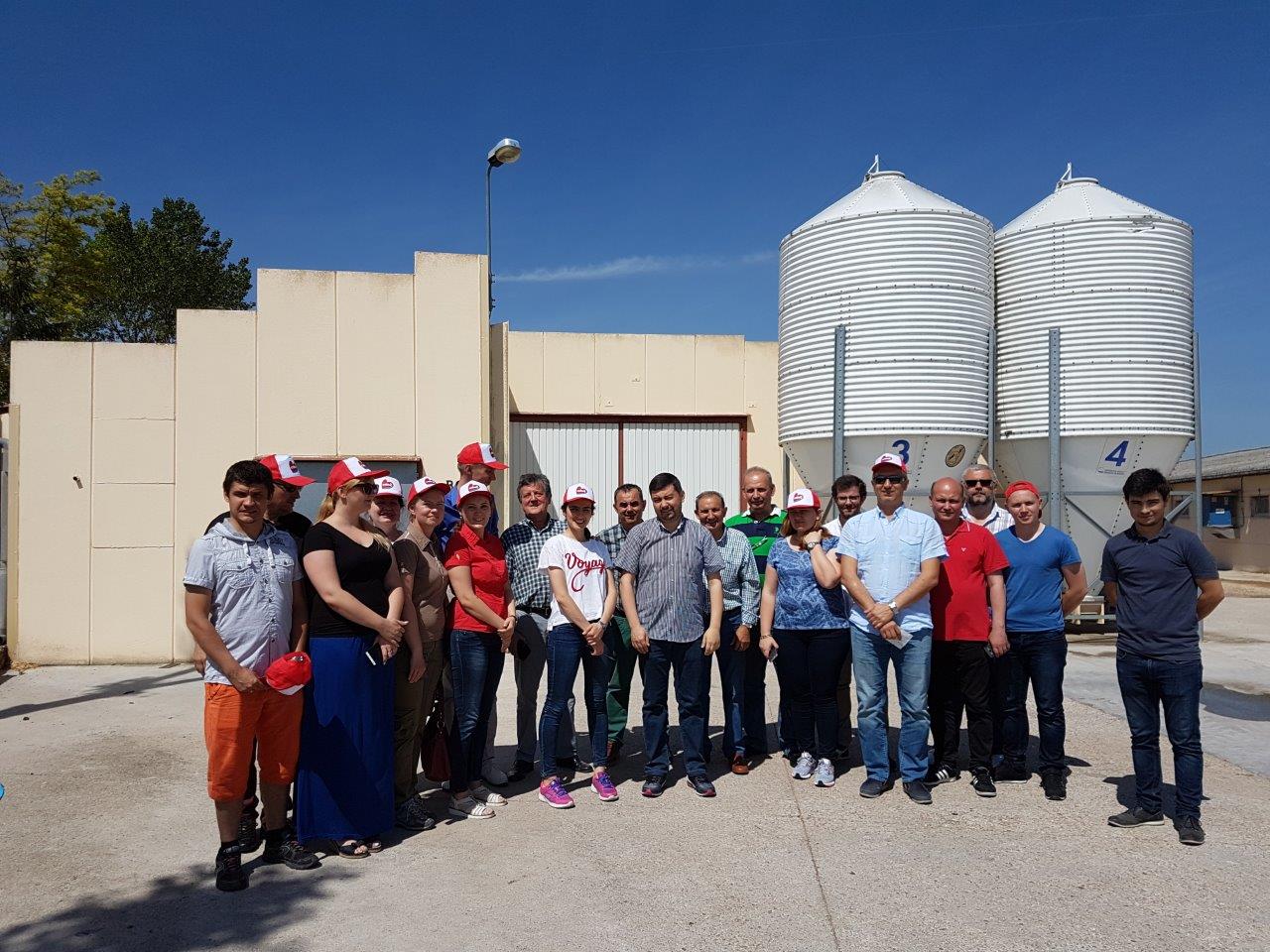USSEC Holds Technical Training for European and Turkish Poultry Customers
- Category:
- Animal Utilization
- General News

Knowledge is gained when shared. This was the key take home message for the recent poultry nutrition and management technical know-how training held in Spain during the second week of June. Selected team of 20 participants from Romania, Poland, Russia, and Turkey included nutritionists, feed production managers, poultry production managers, and researchers from large integrated poultry companies.
The three-day training started at Cargill’s Quality Control Laboratory in Colmenar, where a number of ingredients and feed samples are analyzed and thousands of tests are performed annually by wet chemistry, near infrared spectroscopy, and microbiology. Lab managers demonstrated to participants how technical services implemented by professionals help customers to grow their business while supporting efficiency and high productivity.





For the second part of the onsite training, participants were exposed to practical aspects of poultry feed production, feeding programs and broiler farms management. Cobur Coop, one of the youngest and fastest growing cooperatives from the Castilla and Leon area, has opened the door for the exchange visit of the European and Turkish group of U.S. Soy customers.
Open discussions between the training students and hosts were conducted under the supervision of USSEC consultant Dr. Gonzalo Mateos. Since Cobur is currently using a slow feathering strain of broilers, nutritional standards and feeding programs has attracted the interest, largely because of the current trend in the European industry towards higher quality broiler carcasses.
Another important topic approached during the visit at Cobur was the differentiation between soybean meals and how the segregation and storage of different batches of soybean meal based on the lab analysis results should lead to less feed variability, more flexibility in feed formulation, and increased competitiveness in poultry feeding.









The field visits at relevant Spanish companies were excellent opportunities for the participants and the visited companies to exchange information about the current practices in ingredient quality control systems and poultry nutrition and feeding in different European countries. Besides learning about the latest advances in soy quality, students had the opportunity to understand the Spanish experience in poultry feed production and management. The event thus not only acted for the benefit of U.S. Soy, but also to arouse the interest of the soy customers from different European countries in efficiently produced poultry feeds with the high inclusion rates of soy ingredients, in today’s highly competitive business environment.
All participants agreed that the practical sessions organized in commercial companies gave them the chance to upgrade their knowledge level in feed manufacturing and broiler farming. The entire event was a unique opportunity to share and gain knowledge between Russian, Polish, Romanian, and Turkish industry colleagues.
Sharing knowledge to soy customers is one of the most efficient ways to demonstrate the value of U.S. Soy and maintain relationship with customers. By the end of the activity, the organizers received positive feedback from the students who attended the USSEC training, and this is expected to lead to a potential increase in U.S. Soy demand from selected European countries and Turkey.